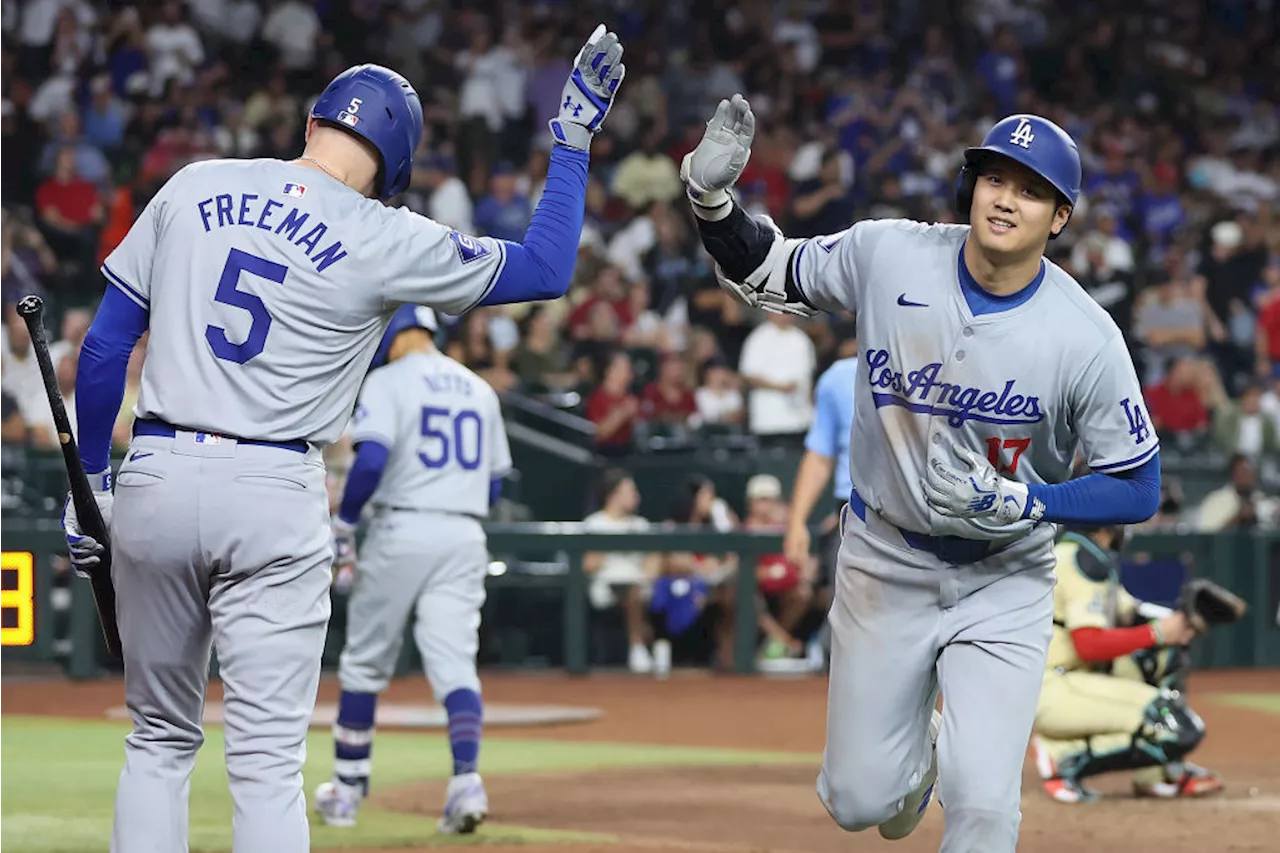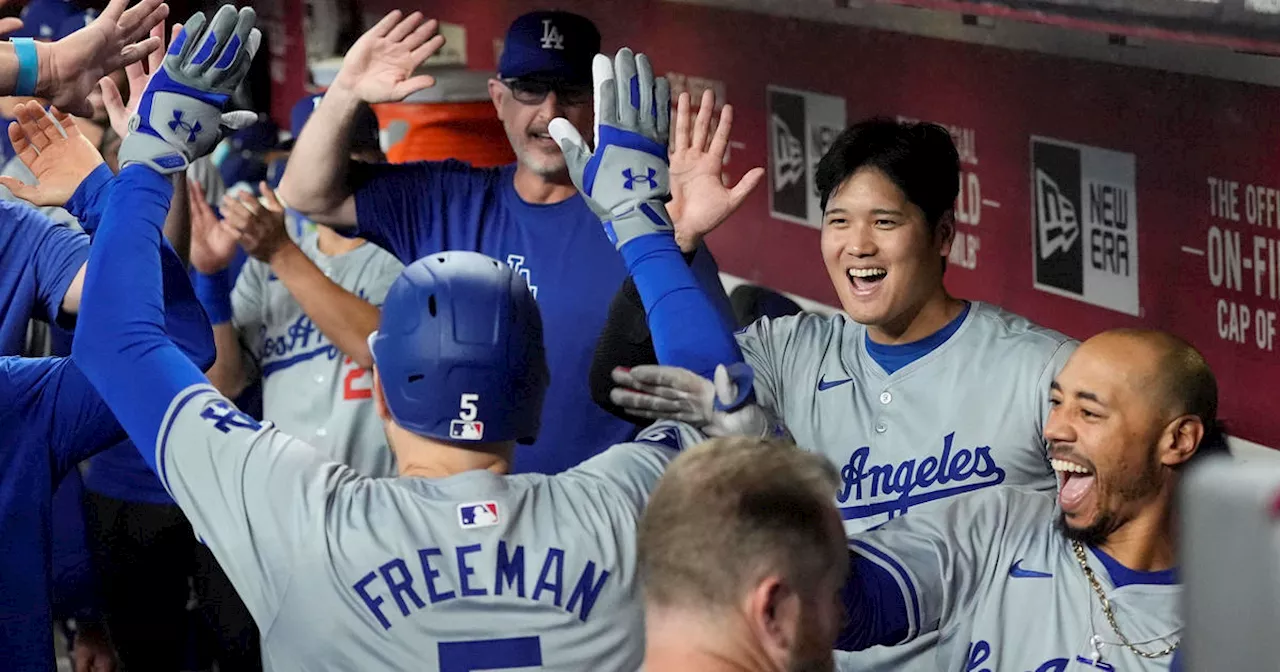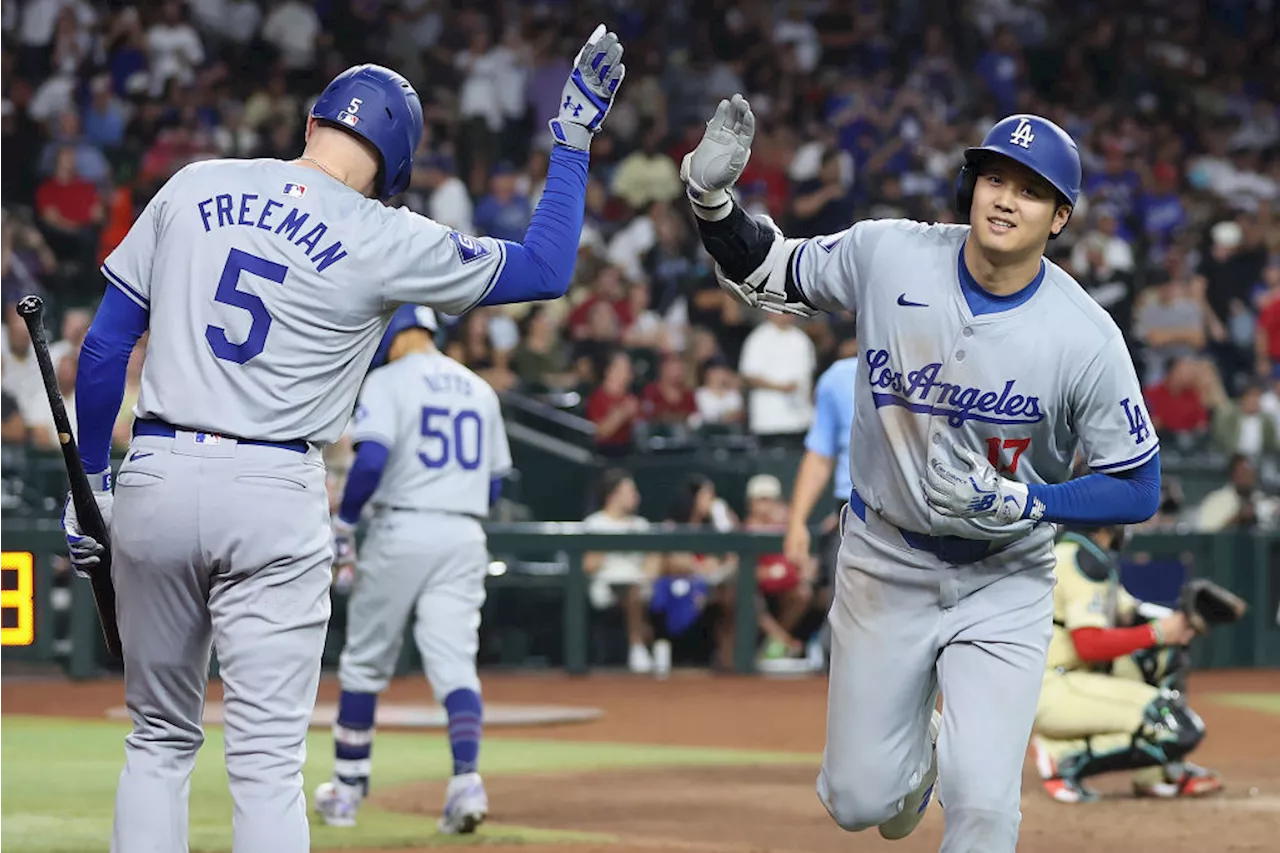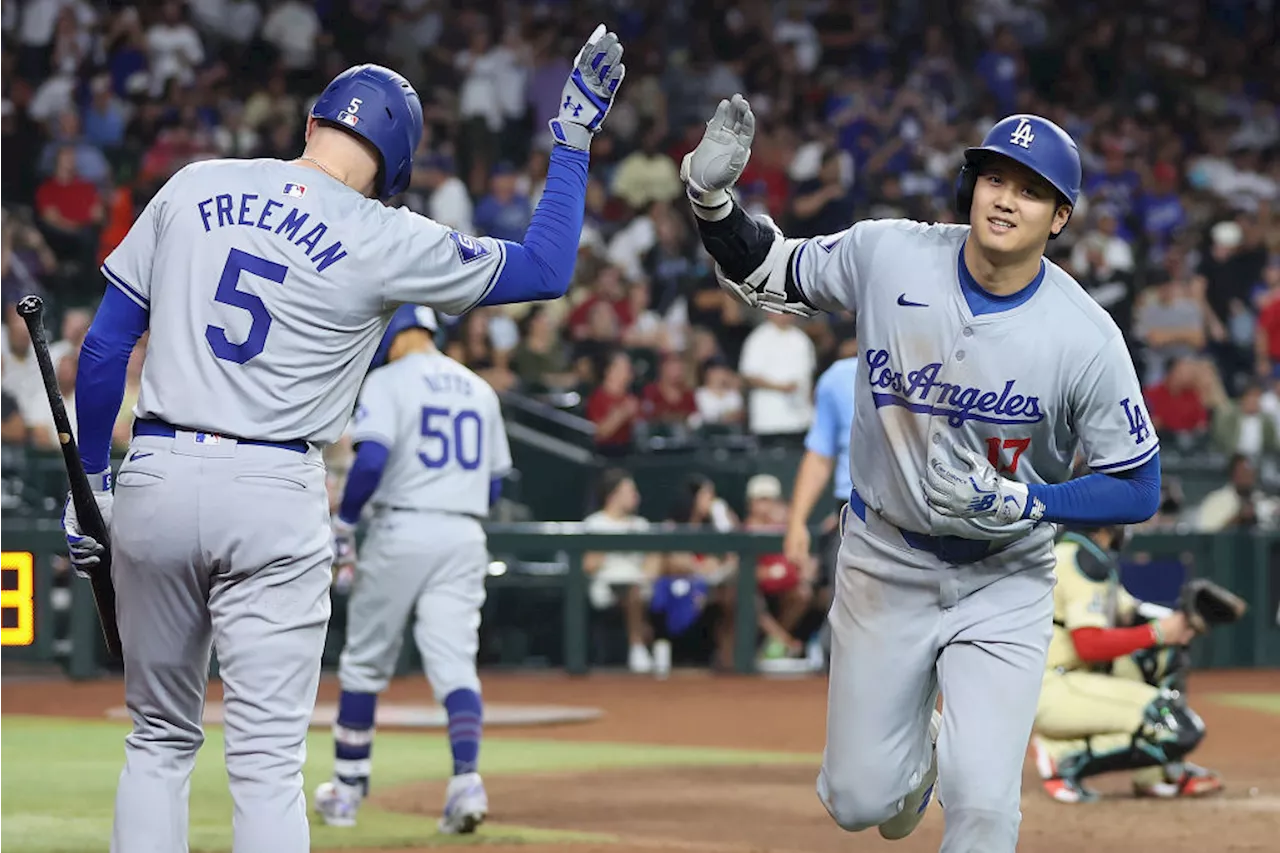Mark Johnson, co-founder of innovation consulting firm Innosight, argues leaders should imagine the future and work backward to build their organization for that reality. This episode outlines practical steps managers can take to look beyond short-term planning and grasp future opportunities.
, co-founder of the innovation consulting firm Innosight, argues that leaders should imagine the future and then work backward to build their organization for that new reality.
But Mark Johnson, co-founder of the innovation consulting firm Innosight, argues that leaders should imagine the future and then work backward to build their organization for that new reality. Today’s guest says too many leaders, in their strategic decision making, make the mistake of looking at the present as a starting point. And he says, especially now, good leaders should be starting with the future, and working backward. He calls this taking a “future-back” approach rather than a “present-forward” one.
One is it’s a way of thinking which says we have to break free for the moment from the way things work today and the past so that we can open up our mind to think about the art of the possible.
And strategy unfortunately can, oftentimes not be about breaking free from the past. It can be very financially driven. It can be very much similar to planning, if we’re not careful you know, just a kind of a business planning way. It certainly cannot think about time horizon as much as it should.
CURT NICKISCH: Number one, it seems like people would have a really difficult time feeling confident about that kind of, having that kind of a vision, at a time like this, where everyone gets perhaps more risk averse. That seems pretty tough. So, the operative word in all this is learning. And vision is just one component of a process that leadership teams need to amp up their game. And this element of looking out to the five to 10 years, and then walking it back to plant the seeds for today, that’s just all part of the process like an innovation team. To be able to set experiments and figure out what needs to be learned.
And think about them coming together and being able to say, what does that mean in terms of the environment and especially where’s the customer going and how can we shape the customer? And using that to define implications, you know, we talk in fact, very practically about implication archetypes.
CURT NICKISCH: So, if I can apply this a little bit to say the owner of a store, a food market or some other essential kind of service like that.
But if you don’t carve out how to think about things down the road, then I think you end up in this problem of what we call the “present-forward fallacy.” A great example here would be executive education or other forms of higher education.
Looking at the scenarios of how things could be at least a year out or more, and then working that backwards, will allow for a better sort of point of view about how things could and should be, that as opposed to just again, incrementing off of today and just if you will, putting people, you know, putting classrooms online.
MARK JOHNSON: Naturally if this is something that’s part of your organization, you have a head start. But it’s never too late to learn. Making that choice to say, we are going to spend 10 percent of our time thinking about the longer term and then the mid-term future. We are going to say, what is it that we need to learn? We are going to be more questions-oriented.
Strategy Innovation Decision Making Future Planning Growth Strategy
United States Latest News, United States Headlines
Similar News:You can also read news stories similar to this one that we have collected from other news sources.
 'Windy City Weekend' talks back-to-school, 'Back to the Future' musical in ChicagoThis week on 'Windy City Weekend,' Val and Ryan talked about going back to school.
'Windy City Weekend' talks back-to-school, 'Back to the Future' musical in ChicagoThis week on 'Windy City Weekend,' Val and Ryan talked about going back to school.
Read more »
 Watch: Dodgers make history with back-to-back-to-back homers to start game vs. DiamondbacksWatch as the Los Angeles Dodgers trio of Shohei Ohtani, Mookie Betts, and Freddie Freeman hit three consecutive homers for the first time in MLB history to…
Watch: Dodgers make history with back-to-back-to-back homers to start game vs. DiamondbacksWatch as the Los Angeles Dodgers trio of Shohei Ohtani, Mookie Betts, and Freddie Freeman hit three consecutive homers for the first time in MLB history to…
Read more »
 Dodgers go back-to-back-to-back in win over DiamondbacksShohei Ohtani, Mookie Betts and Freddie Freeman started the game with consecutive home runs — the first time that has happened in the Dodgers' 141-year history — and Tommy Edman hit a two-run single in the ninth inning to give Los Angeles an 8-6 win over the Arizona Diamondbacks.
Dodgers go back-to-back-to-back in win over DiamondbacksShohei Ohtani, Mookie Betts and Freddie Freeman started the game with consecutive home runs — the first time that has happened in the Dodgers' 141-year history — and Tommy Edman hit a two-run single in the ninth inning to give Los Angeles an 8-6 win over the Arizona Diamondbacks.
Read more »
 Watch: Dodgers make history with back-to-back-to-back homers to start game vs. DiamondbacksWatch as the Los Angeles Dodgers trio of Shohei Ohtani, Mookie Betts, and Freddie Freeman hit three consecutive homers for the first time in MLB history to…
Watch: Dodgers make history with back-to-back-to-back homers to start game vs. DiamondbacksWatch as the Los Angeles Dodgers trio of Shohei Ohtani, Mookie Betts, and Freddie Freeman hit three consecutive homers for the first time in MLB history to…
Read more »
 Watch: Dodgers make history with back-to-back-to-back homers to start game vs. DiamondbacksWatch as the Los Angeles Dodgers trio of Shohei Ohtani, Mookie Betts, and Freddie Freeman hit three consecutive homers for the first time in MLB history to…
Watch: Dodgers make history with back-to-back-to-back homers to start game vs. DiamondbacksWatch as the Los Angeles Dodgers trio of Shohei Ohtani, Mookie Betts, and Freddie Freeman hit three consecutive homers for the first time in MLB history to…
Read more »
 To Set a Great Strategy, Start by Imagining the Future You WantPractical steps you can take to look beyond the short-term planning horizon.
To Set a Great Strategy, Start by Imagining the Future You WantPractical steps you can take to look beyond the short-term planning horizon.
Read more »
